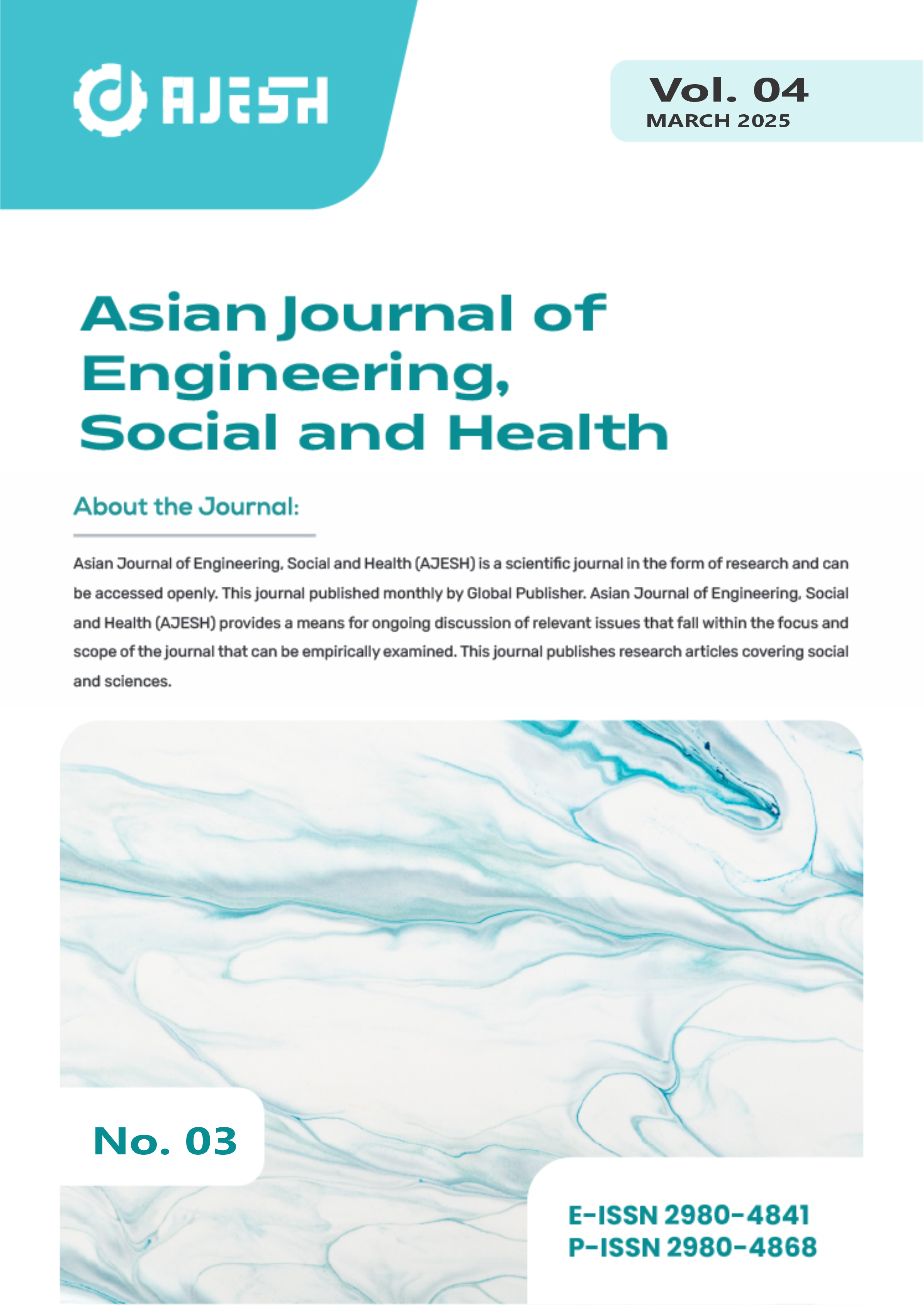Magnesia Refractory Bricks for Cement Rotary Kiln: A Systematic Review
DOI:
https://doi.org/10.46799/ajesh.v4i3.578Keywords:
Magnesia Refractory Bricks, Rotary Kilns, Sintering Methods, Clinker Corrosion, Thermal ResistanceAbstract
Rotary kilns in the cement industry operate under extreme conditions, requiring a durable refractory lining. Magnesia refractory bricks are preferred for their high thermal resistance, mechanical strength, and chemical stability. However, concerns about hexavalent chromium (Cr??) toxicity have led to a shift from magnesia-chrome bricks to more environmentally friendly alternatives such as magnesia-spinel and magnesia-hercynite bricks. The aim of this research is to review magnesia refractory bricks for rotary kilns, analyze their composition, sintering process, and durability under high temperature and aggressive chemical conditions. Using the PRISMA framework, 50 peer-reviewed studies were systematically reviewed from databases such as PubMed, Google Scholar, and ScienceDirect. Key parameters such as porosity, bulk density, and corrosion resistance were examined to assess material progress. The findings show that additives such as ZrO?, spinel (MgAl?O?), and hercynite (FeAl?O?) improve the performance of refractories by increasing slag resistance, thermal shock resistance, and mechanical integrity. Advanced sintering methods, including Cold Isostatic Pressing (CIP) and Microwave Sintering, further increase density and reduce porosity. The increasing use of alternative fuels in cement kilns requires hybrid formulations, which integrate calcium zirconate (CaZrO?) to resist alkali penetration. This research has implications highlighting the need for the sustainable development of refractories, including recycled materials, energy-efficient sintering, and computational modeling. Future research should focus on multilayered refractory structures, AI-based predictive modeling, and nanoscale additives to improve durability and environmental sustainability.
Downloads
Downloads
Published
Issue
Section
License
Copyright (c) 2025 Febrian Rizky Ghifari, Fahmi Mubarok

This work is licensed under a Creative Commons Attribution-ShareAlike 4.0 International License.
Authors who publish with this journal agree to the following terms:
- Authors retain copyright and grant the journal right of first publication with the work simultaneously licensed under a Creative Commons Attribution-ShareAlike 4.0 International. that allows others to share the work with an acknowledgement of the work's authorship and initial publication in this journal.
- Authors are able to enter into separate, additional contractual arrangements for the non-exclusive distribution of the journal's published version of the work (e.g., post it to an institutional repository or publish it in a book), with an acknowledgement of its initial publication in this journal.
- Authors are permitted and encouraged to post their work online (e.g., in institutional repositories or on their website) prior to and during the submission process, as it can lead to productive exchanges, as well as earlier and greater citation of published work.






